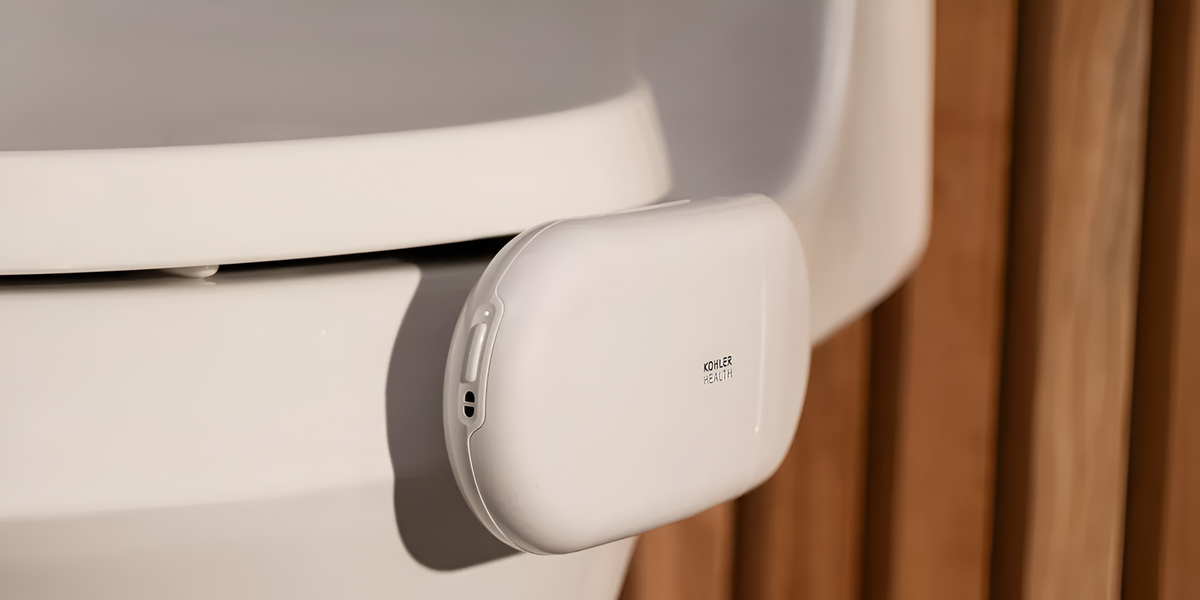Ryan McClelland, a NASA research engineer, has succeeded in creating a new method for designing the mechanical components needed for the agency’s missions. Thus, it was possible to reduce the time, which could stretch for several weeks, to just a couple of hours. For this, engineer draws on artificial intelligence, welcoming a new era of creativity for NASA.
Evolving Structures is the name McClelland gave to this new production technique. As he comments on the NASA podcast, Small steps, giant leaps“People can iterate every week or two among themselves if things go well. AI will do something on the order of one iteration per minute. So you get a lot more iteration cycles, you get better designs much, much faster.”
The need to create components that are lighter, but significantly stronger than those designed by people., prompted NASA to begin development with artificial intelligence. So far, the agency has been able to apply this technology to a range of utilities. From the design of the platform for the EXCITE telescope to the optical bench that holds the optical components of the spectrometer for ultraviolet imaging.
NASA uses artificial intelligence for its most current missions
How does NASA manage to create such strange yet functional structures? Like all artificial intelligence, it needs someone to issue the appropriate commands to achieve the goal, as seen in ChatGPT or DALL-E. So, a person accurately and briefly enters commands, detailing the requirements for the component itself -loaded weight, the forces to which it will be subjected.
Behind it, the artificial intelligence used by NASA creates 30 to 40 designs in a few hours.. But he also puts them to the test to make sure they fit the bill, are functional, and can actually be made. In this way, the AI relies on each of the developed structures to improve its next design.
The final design selected by the NASA team can be transferred to a digital manufacturing process. After, processed on a standard CNC milling machine using as a base the CAD model offered by artificial intelligence.
What the Evolved Structures process does is what happens between several different people – and that can take months or years depending on the project and people’s dedication and whether they’re working on other things – and it reduces them. something that a computer does.
Ryan McClelland
McClelland concludes that the results offered by artificial intelligence are not only faster and more efficient, but also “structure tends to work much better. They are about three times better in performance,” he explains.
A look into the future of structure and component development

As McClelland comments in his podcast statements Small steps, giant leaps, the development of structures and components using artificial intelligence can become common practice inside NASA. The reason is the amount of equipment that the space agency needs year after year for various missions. For this reason, this new process can be an important tool for time and money efficiency.
The space station seats six or seven people but costs $100 billion. I really think that AI has the potential to greatly reduce the cost of developing these complex systems because it’s really good at that kind of stuff.
Ryan McClelland
Source: Hiper Textual













